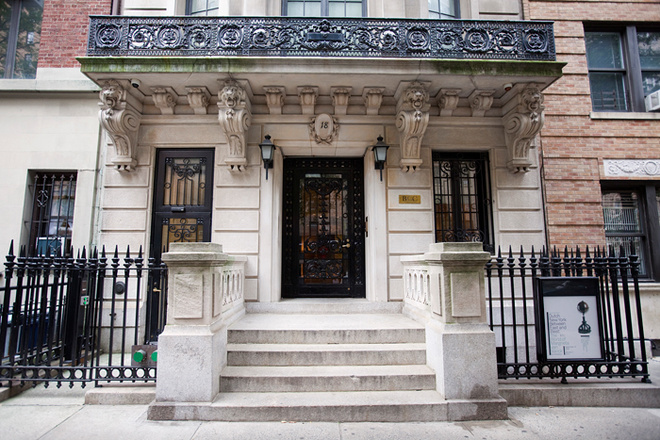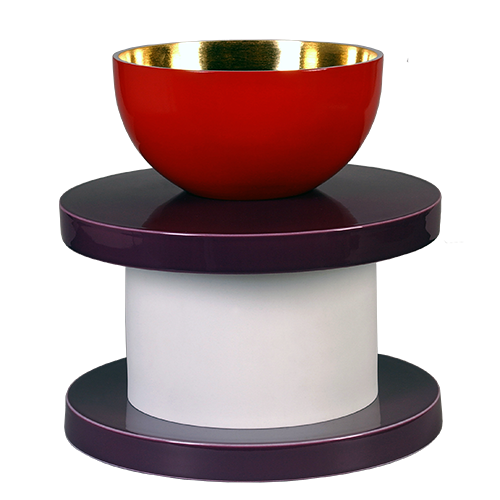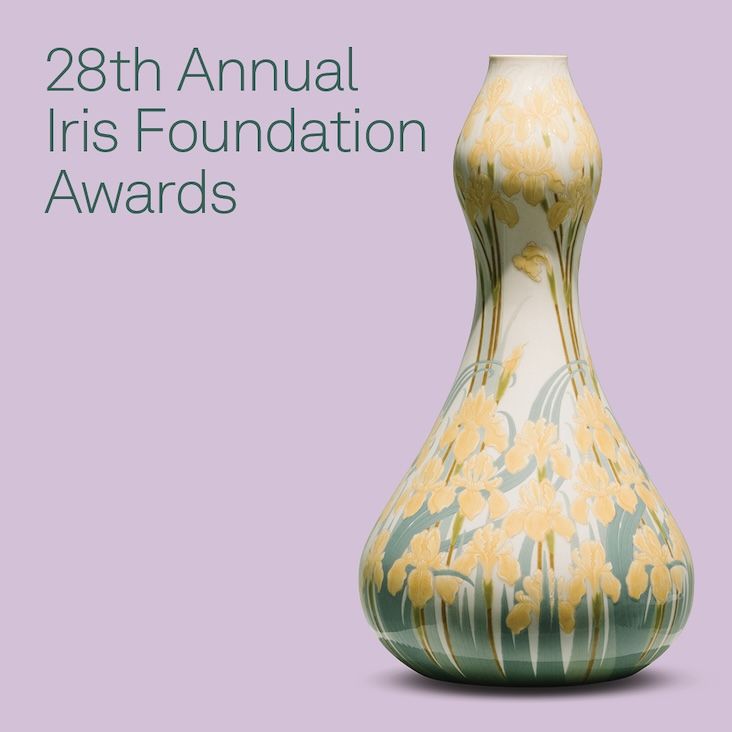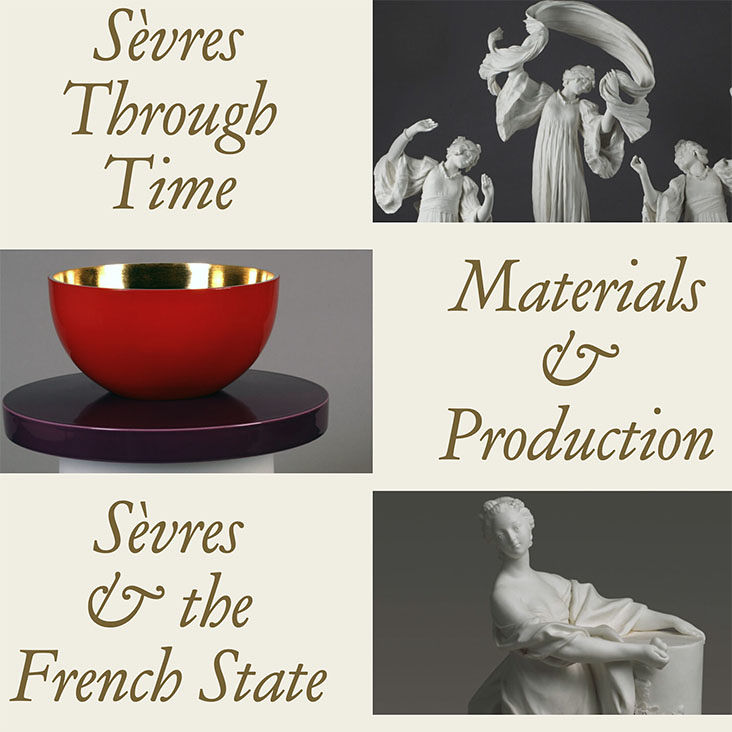Earlier this month, Bard Graduate Center staff members
Jesse Merandy (director of digital humanities / digital exhibitions),
Julie Fuller (digital humanities educational technologist), and
Emma Cormack (associate curator) attended MuseWeb, the world’s largest museum innovation and technology conference, in Washington, DC, where they presented about BGC’s
online exhibitions.
This was Fuller’s first-time experience at the MuseWeb conference. She was gratified to hear many positive responses to
BGC’s online exhibitions from conference attendees who shared how impressed they were with the content and design of these projects, especially special features such as the
Majolica 3D models and the
Shaped by the Loom 360 interactive map. Cormack also received many compliments on BGC’s work, including from someone who noted that the
Shaped by the Loom online exhibition would be an excellent tool to accompany a textile-focused exhibition currently on view at her institution.
Cormack found seeing BGC’s digital work in the broader context of what’s happening with digital engagement in museums to be the most valuable aspect of her second MuseWeb conference. She continued, “It was great to see that the scope and execution of our projects are on par with large institutions and to confirm that we are doing some innovative things around creating online exhibitions that others aren’t. More specifically, it was extremely helpful to hear from other conference attendees and speakers how they organize the complicated workflow of projects across multiple departments!”
For both Fuller and Merandy, a reception at the National Museum of African American History and Culture (NMAAHC) proved to be a highlight of the conference. According to Merandy, it was an incredible opportunity to explore how digital components can be thoughtfully integrated throughout a museum to create incredibly moving and powerful experiences. At NMAAHC, multimedia components, presented alongside a wide array of historic objects, helped bring to life the complex narrative of African American history and culture from the fifteenth-century transatlantic slave trade to the present day. For example, one memorable interactive installation featured a recreation of the Woolworth’s lunch counter in Greensboro, North Carolina, where young Black students staged a sit-in in 1960. Museum visitors could sit at a replica counter, which was embedded with touch screens, to learn about the sit-in and the men and women who played a part in it. Questions on the screens challenged visitors to imagine what they would do in the protestors’ situation as archival video and audio interviews played on a large media wall behind the counter. The experience gave Merandy a deep appreciation for the team that devised, researched, developed, and implemented this interactive. He said, “It was a powerful reminder of how digital tools can give voice to stories that have historically been marginalized and underrepresented, and when used effectively in exhibitions, how these experiences can foster empathy and therefore shift our attention and alter our perspectives.”












